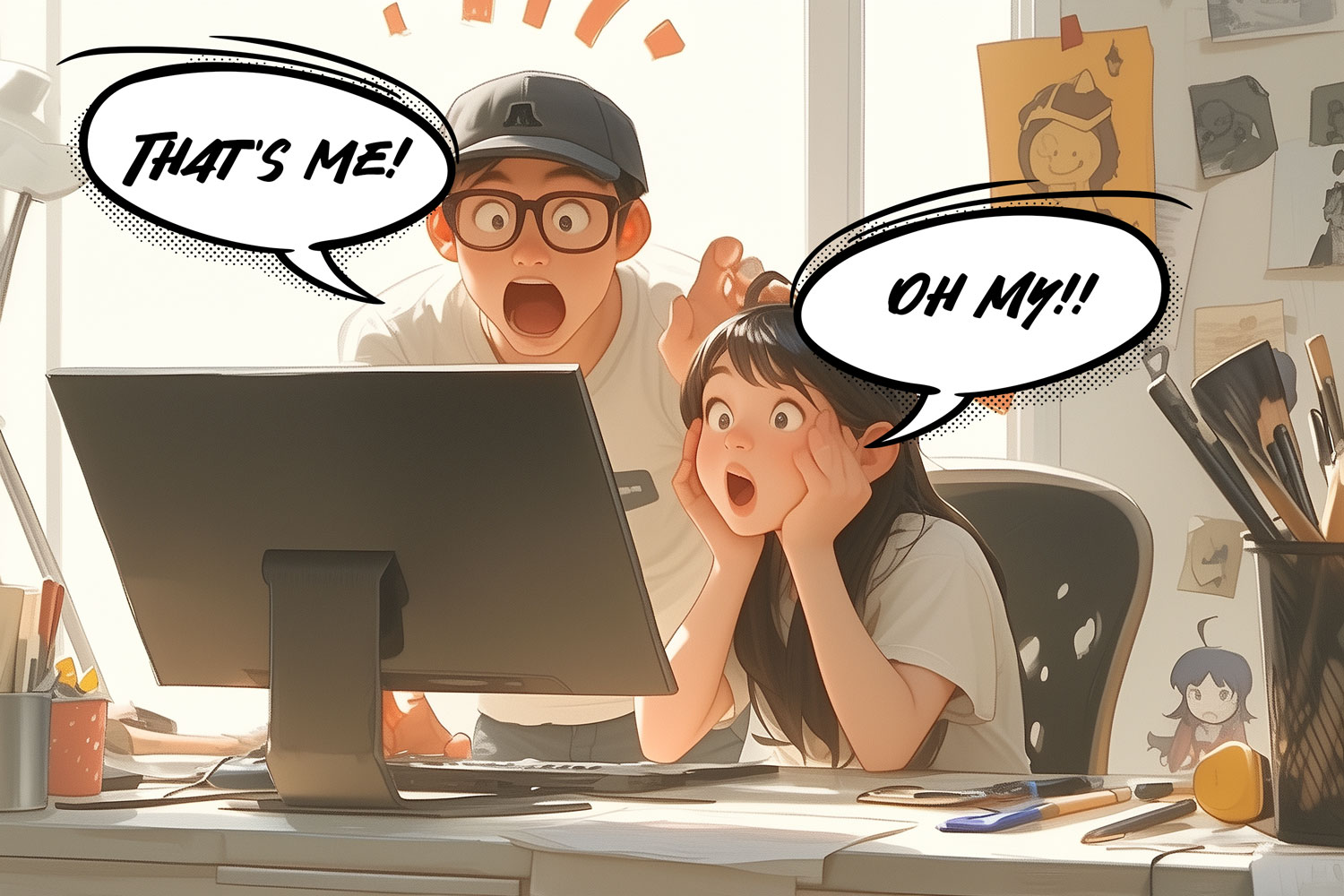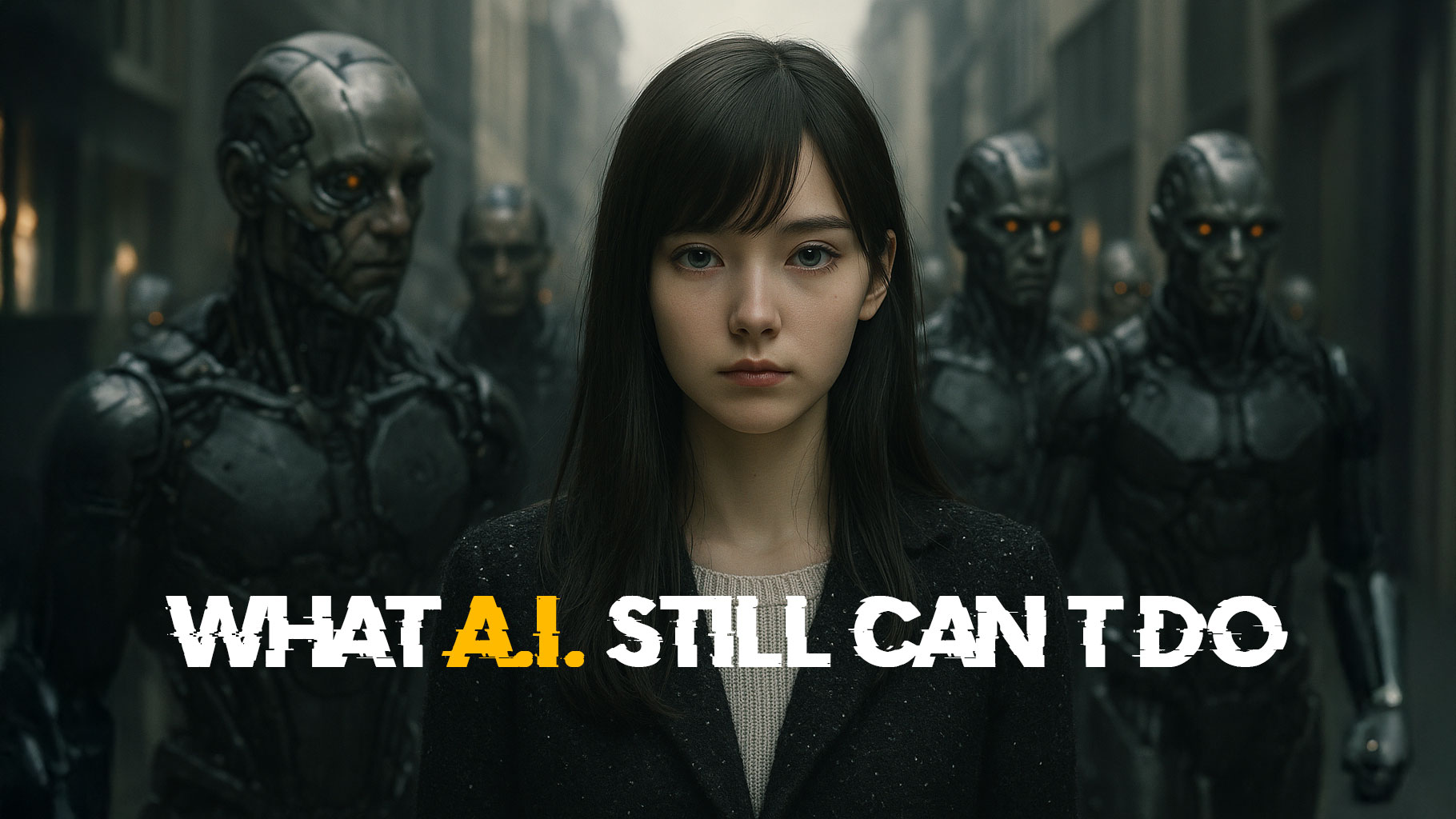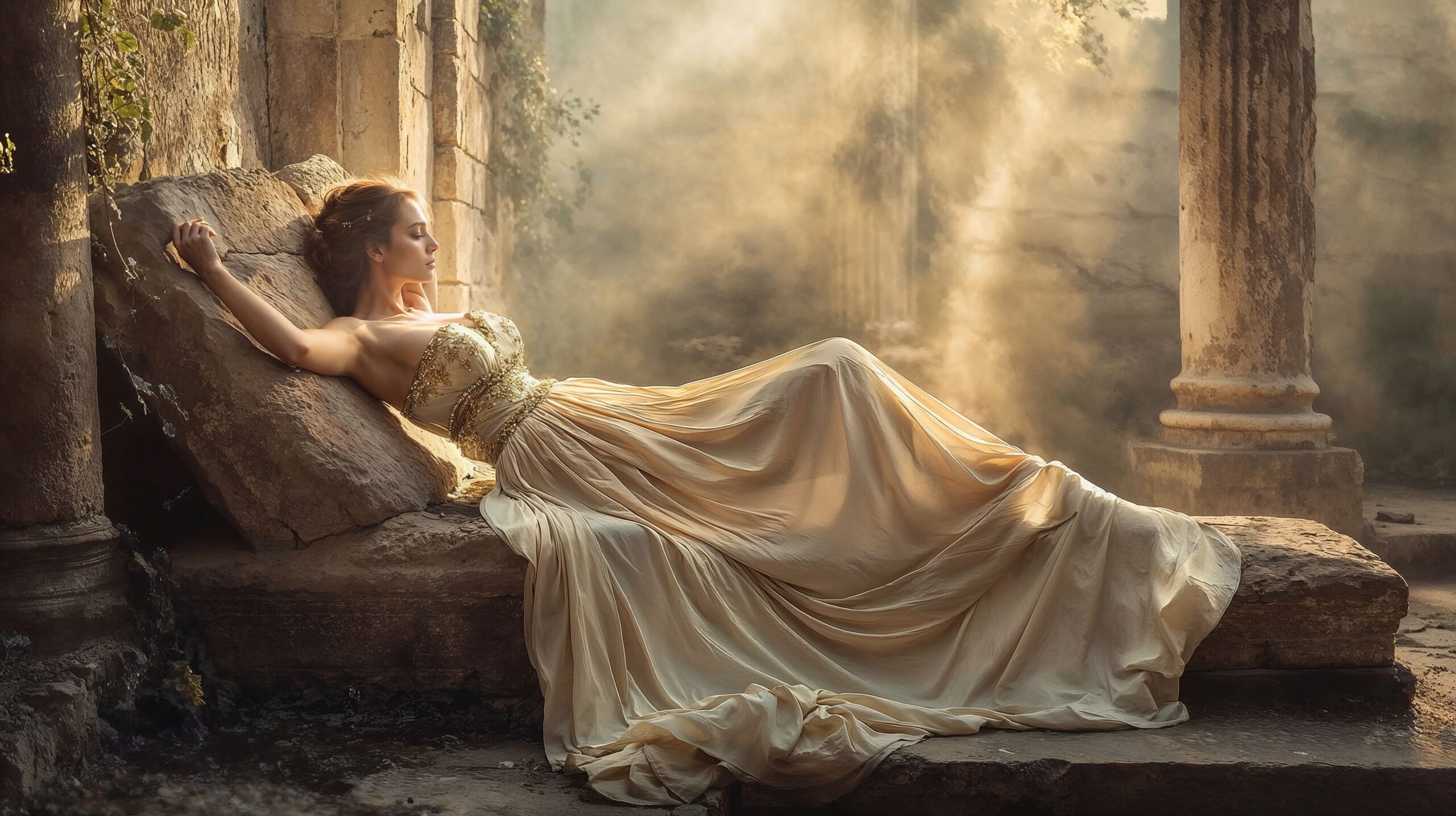
Is Stable Diffusion Stealing Images?
Today we’re digging into a question that’s been circulating in the world of digital art and AI: Is Stable Diffusion stealing images? A simple question with layers of complexity beneath its surface. We’ve all seen the wave of AI art, pushing the envelope, blurring the lines, and stirring the pot in the creative world.
It’s no secret that Stable Diffusion’s uncanny ability to learn from existing artworks and generate breathtaking pieces has made it a rockstar in the digital art scene. But this has also opened up a Pandora’s box of questions about copyrights, intellectual property, and what constitutes stealing in the AI era. So, without further ado, let’s kick things off.
Table of Contents
Is Stable Diffusion stealing images?
Technically, no. Stable Diffusion doesn’t ‘steal’ images in the way a human might. It’s an AI tool, a set of complex algorithms, designed to learn from various data inputs and create something new. Yet, the thorny issue arises when it uses copyrighted images or artworks as its learning material, generating outputs that could mirror the original pieces too closely for comfort. Although its function isn’t explicitly to reproduce or plagiarize, the outcomes sometimes suggest otherwise. This complexity propels the debate further, stirring feelings of infringement among some artists, despite the AI’s lack of intentionality. But, as we’ll see in the next section, the matter is not as black-and-white as it may seem.
The Controversy: AI and Image Use
Stepping into the quicksand of copyright law, we face the complexity of AI and image use. Some argue that Stable Diffusion uses images as learning material, not claiming the final outputs as reproductions of the originals. Others see it differently, viewing the AI’s ability to generate strikingly similar artworks as a violation of their rights.
One thing is clear – Stable Diffusion operates on a different wavelength from human artists. While an artist consciously references or recreates a piece, Stable Diffusion absorbs thousands of artworks, merging their essence to create something entirely new. This lack of intentionality distinguishes it from a human infringer, yet it doesn’t necessarily provide comfort to those who see their styles mimicked.
If a single click can duplicate an image without losing quality, the boundary between inspiration and theft becomes blurred. This blurring of lines, whether caused by human or AI, fuels the controversy around Stable Diffusion and the question of ‘image theft’.
Stable Diffusion: An Art Thief or A New-Age Innovator?
Does the line between innovation and infringement exist when discussing Stable Diffusion?
Some would argue it’s a groundbreaker, pushing the boundaries of what’s possible. It’s not replicating one specific piece of art but rather creating a unique amalgamation from thousands of artworks it’s been trained on. The tool isn’t trying to replicate the Mona Lisa. It’s absorbing the totality of Da Vinci’s style and thousands of others to generate a piece that is fundamentally unique.
Yet, others perceive this as a high-tech form of theft. They see an AI system generating art that’s strikingly similar to their own unique style and believe this violates their rights as creators. After all, an artist’s style is their signature, developed over years of practice and experimentation. Is it fair for an AI to mimic that style in the blink of an eye?
As we grapple with these perspectives, it’s clear that our understanding of art and creativity is being challenged
Understanding Copyrights and IP in the AI Age
Reimagining the concept of learning when it comes to AI like Stable Diffusion is crucial in our discussion. Unlike human learning, AI learning is a matter of data consumption and application. This analogy might help: consider data as a physical object. For us humans, learning feels like abstract, floating bits of information we process and store in our brains. But for an AI system, this data is more akin to a physical commodity it can grasp, manipulate, and reuse.
Imagine the data on the blockchain or any data-hungry platform. It’s like feeding the system an array of vibrant paintings, but instead of appreciating the whole, the AI dissects it into fragments, extracting color here, a brush stroke there. It’s as if it’s tearing apart an artwork and reassembling it in a unique formation. Each piece represents another’s work. So in this light, isn’t it fair to argue that we’re not just borrowing from one person’s work but amalgamating countless fragments of human creativity?
Some may counter this perspective by drawing parallels between human and AI learning. Yes, both involve absorbing existing knowledge and building upon it, which is why we have copyright laws to protect original creators. But with AI, the visibility and physicality of data, especially as we become more technologically advanced, lends a new facet to this discourse.
Our copyright laws are facing a challenge they weren’t designed for. This isn’t about photocopying a book or pirating a movie; it’s about creating a new piece from thousands of others. So, where does this leave us legally?
Conclusion: The Balancing Act of Progress
What we’re confronting here is a new frontier of creative exploration, where age-old concepts of ownership, creativity, and learning are being rewritten. Stable Diffusion isn’t a thief in the night, swiping artworks from a gallery wall. No, it’s a new kind of entity, an AI that takes fragments of human creativity and reshapes them into something fresh, something unpredictable.
Is that theft? It’s not an easy question to answer. At its heart, it’s about how we view and value originality in the digital age. One thing’s for sure, this tool isn’t going anywhere. It’s becoming part of our creative landscape, like it or not.
But as we leap forward into this exciting time, let’s not lose sight of the artists whose works are the lifeblood of these AI systems. They deserve acknowledgment, respect, and yes, legal protection. This situation is complex, no doubt. It’s a tightrope walk between fostering innovation and safeguarding originality. A tricky balance, indeed.
One thing is crystal clear: Things are changing. Not just in the art world. We need to continue to question, to debate, and most importantly, let’s be ready to adapt and evolve, just like the AI tools that are reshaping our creative landscape.

Introduction: The Problem of Art Theft and How it Affects Artists The problem of art theft has always been a major concern for artists, but with the rise of digital art and the advancements in AI technology, it has become even more complicated. Many AI art platforms like Stable Diffusion, Dall-E, and Midjourney are using…
Ethics and Legalities:
- Is Stable Diffusion ethical?
- What is the controversy with Stable Diffusion?
- Does Stable Diffusion steal art?
- Is Stable Diffusion censored?
- Is Stable Diffusion stealing images?
- What is the bias of Stable Diffusion?
- Is Stable Diffusion legal?
- Are AI artists really artists?
- Why is AI art illegal?
- Does AI art rip off artists?
- Can Stable Diffusion be used commercially?








Leave a Reply